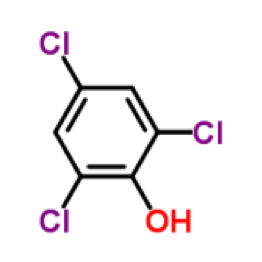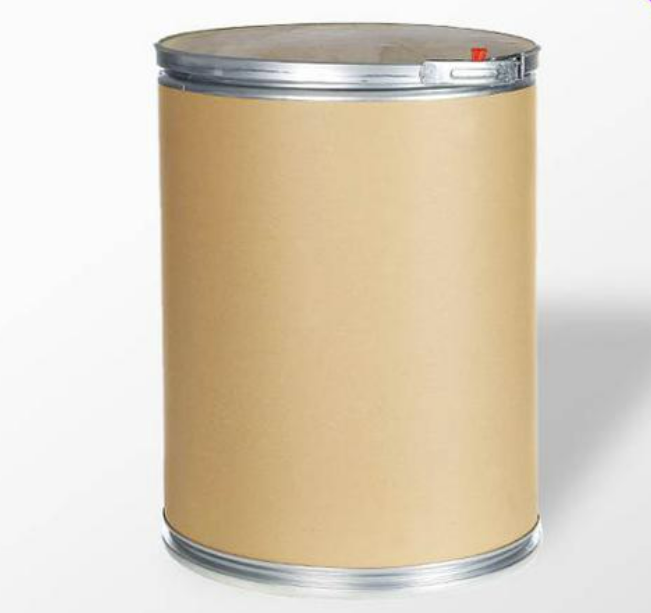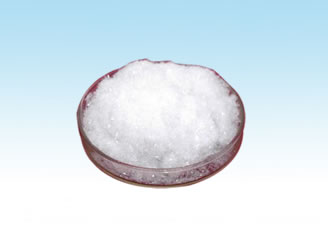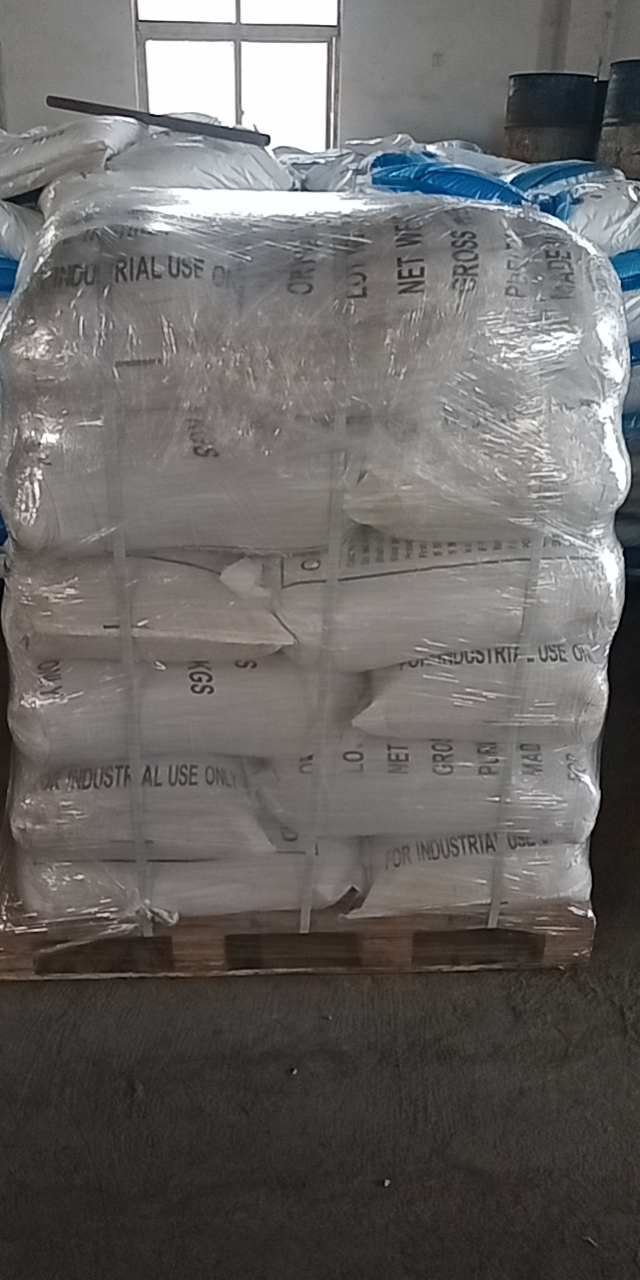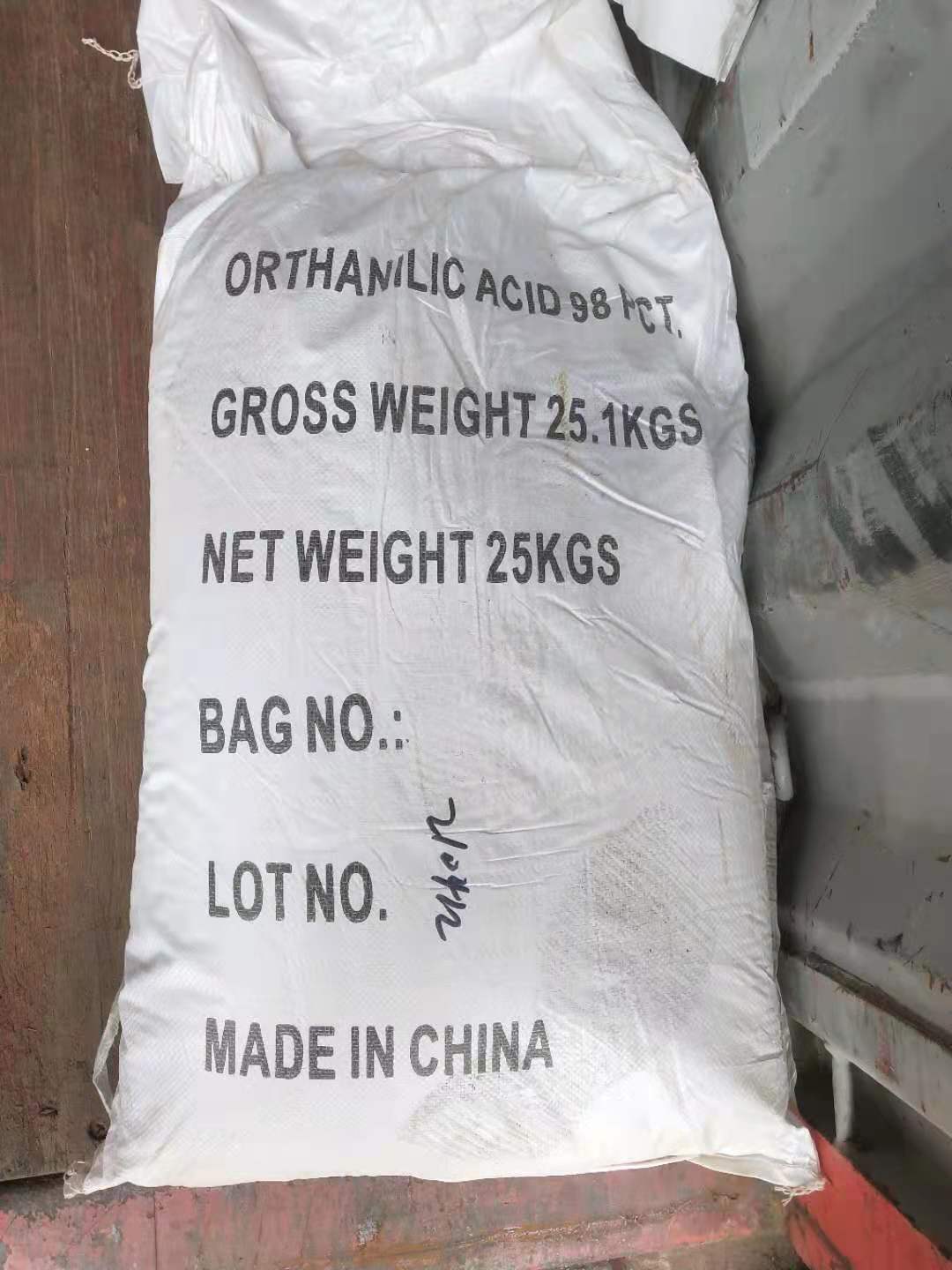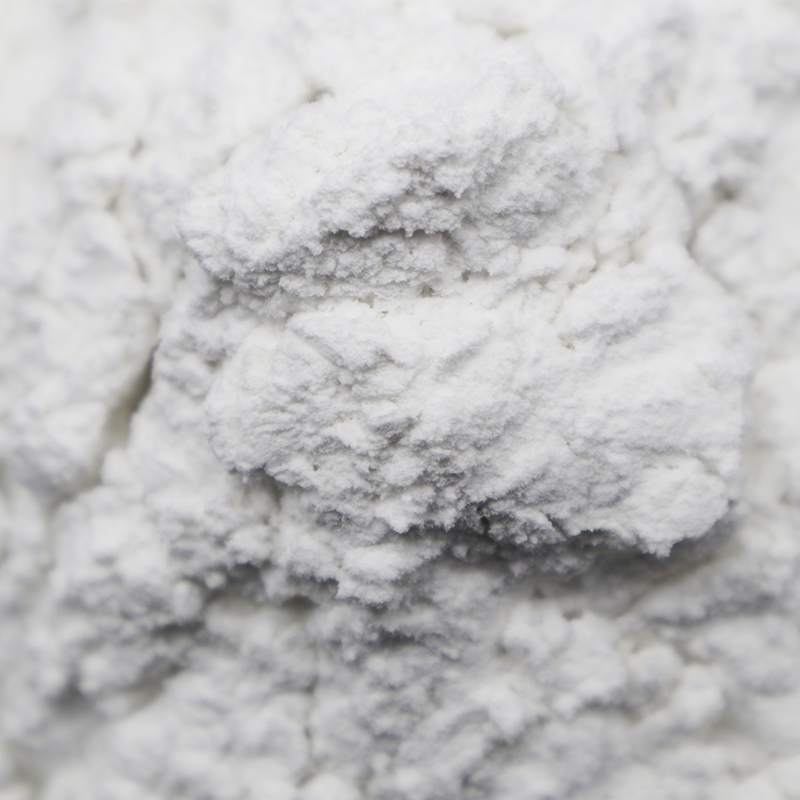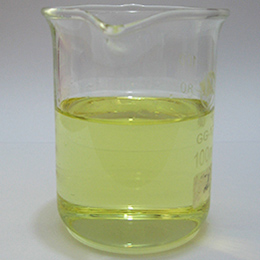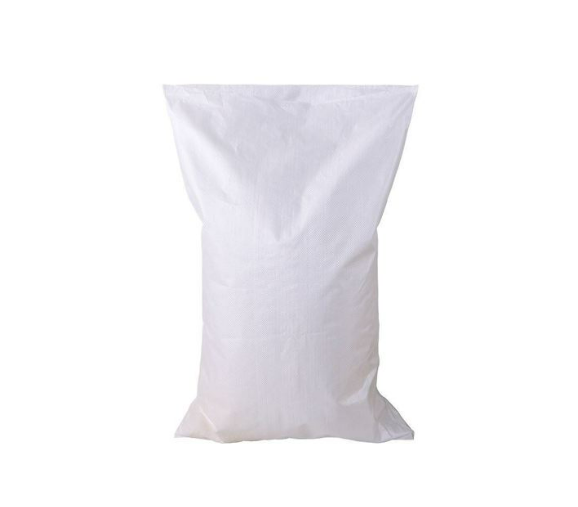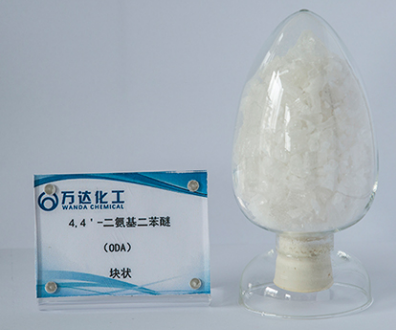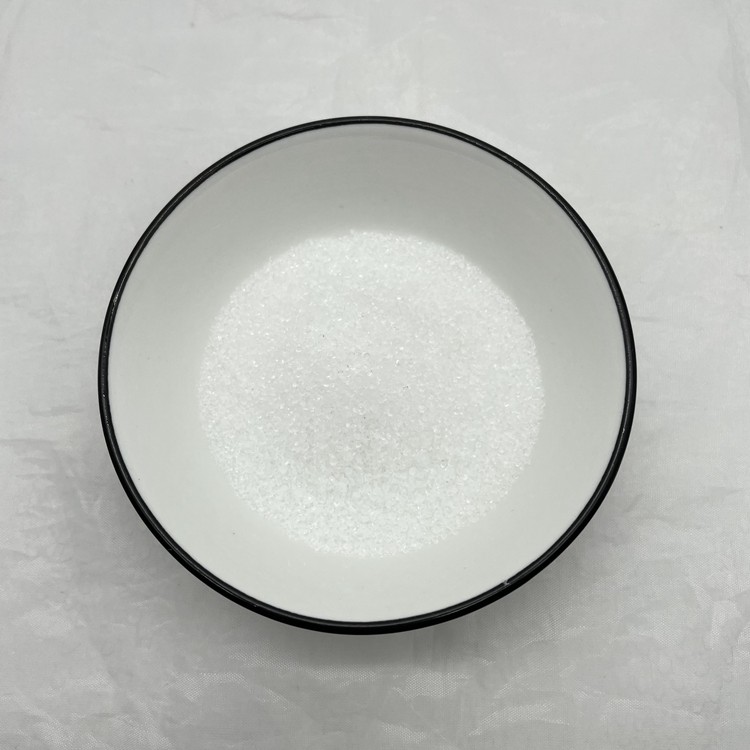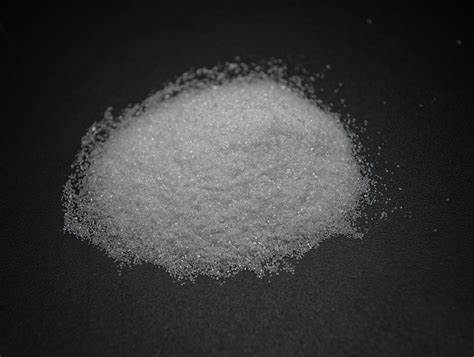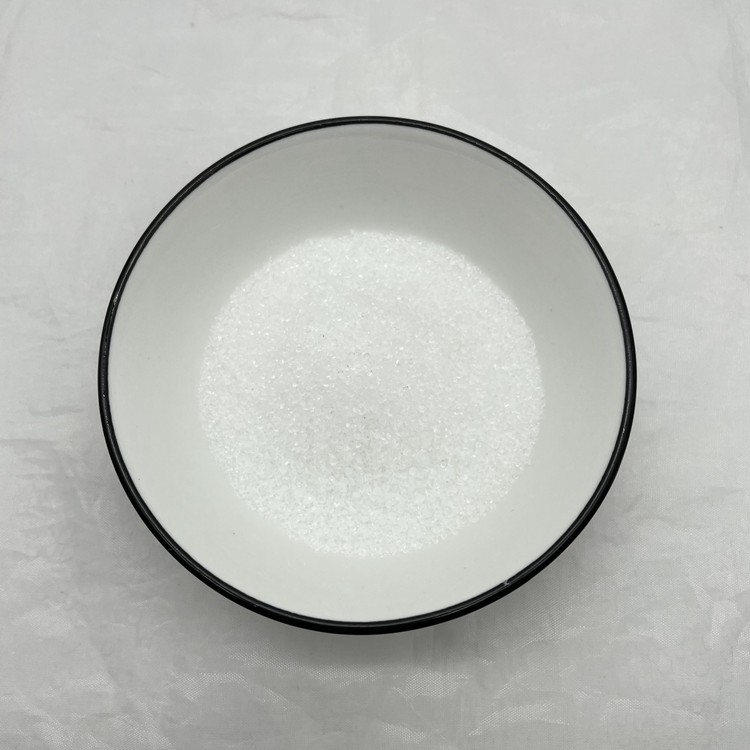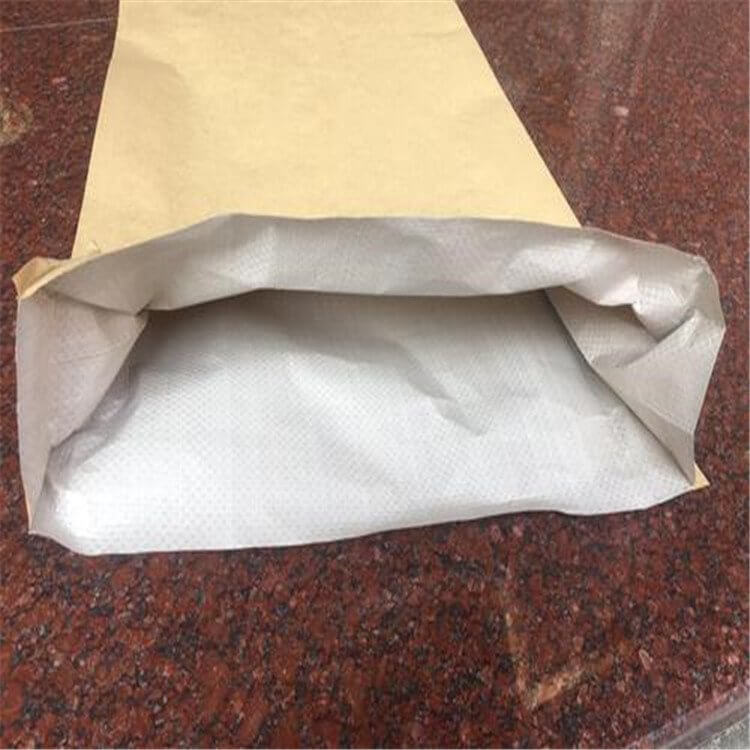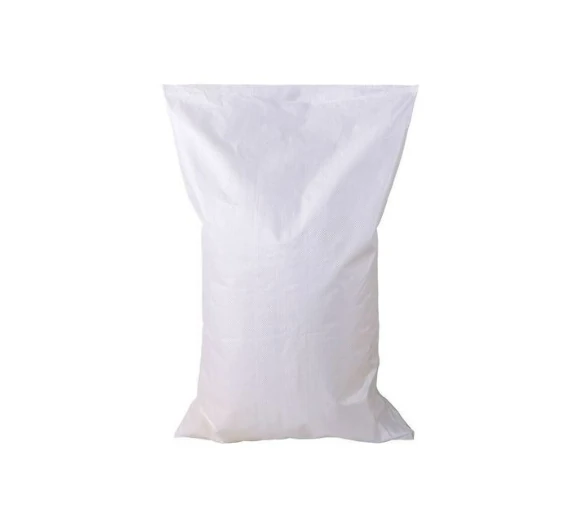Dyestuffs and Pigments
Intermediates
Cationic Dyes
Pigment Black
Sulfur Dyes
Ingrain Dyes
Others
Pigment Orange
Solvent Dyes
Pigment
Vat Dyes
Dye Intermediates
Pigment Brown
Dyestuff
Pigment Violet
Dispersive Dyes
Other Dyes
Pigment Red
Pigment Yellow
Metallic Pigment
Pigment White
Reactive Dyes
Acid Dyes
Direct Dyes
Pigment Green
Basic Dyes
Nitrogen Compounds
Pigment Blue
Pearlescent Pigment
Find
651
related chemicals for you
CAS:88-06-2
Molecular Formula:C6H3Cl3O
Alias
More Information
Phenaclor; Omal; Phenol, 2,4,6-Trichloro-; Dowicide 2S; 2,3-Dihydrobenzo[B]Furan-5-Sulphonyl Chloride; Phenachlor; 2,4,6-Cl-Phoh; 2,4,6-Trichlorephenol; Dowcide 2S; 2,4,6,-Trichlorophenol; 2,4,6-Tcp; Phenol,2,4,6-Trichloro; 2,4,6-Trichloro-2-Hydroxybenzene
Brief Introduction
2,4,6-Trichlorophenol, also known as TCP, phenaclor, Dowicide 2S, Dowcide 2S, omal, is a chlorinated phenol that has been used as a fungicide, herbicide, insecticide, antiseptic, defoliant, and glue preservative. It is a clear to yellowish crystalline solid with a strong, phenolic odor. It decomposes on heating to produce toxic and corrosive fumes including hydrogen chloride and chlorine.
Suppliers
View More Vendors (4) >
CAS:88-21-1
Molecular Formula:C6H7NO3S
Alias
More Information
O-Aminobenzenesulfonic Acid; O-Sulfanilic Acid; 2-Sulfoaniline; Aniline-2-Sulfonic Acid; Benzenesulfonic Acid, 2-Amino-; 2-Amino-1-Benzenesulfonic Acid; Aniline-O-Sulfonic Acid; Ortho Amino Phenol Sulphonic; Orthanilic Acid
Brief Introduction
2-Aminobenzenesulfonic acid is a kind of biological acid, which plays a role in benzoic acid degradation and microbial metabolism. This product is mainly used as reactive dye intermediate, for reactive brilliant red k-2b, brilliant red K-2BP, brilliant red k-2g, brilliant red m-2b, brilliant red X-B, brilliant red x-10b, reactive violet k-3r, etc.
Suppliers
View More Vendors (4) >
CAS:100-00-5
Molecular Formula:C6H4ClNO2
Alias
More Information
1-Chloro-4-Nitrobenzene; Benzene, 1-Chloro-4-Nitro-; Para-Nitrochloro Benzene; 4-Chloronitrobenzene; PNCB; P-Nitrochlorobrnzene (PNCB); Para Nitro Chloro Benzene; _|_; Dye Intermediate
Brief Introduction
4-Chloronitrobenzene is a kind of organic compound, which is light yellow monoclinic crystal, easy to be decomposed by heat, corrosive and toxic. Inhalation can cause liver damage and toxic hepatitis. Mainly used in dye intermediates and pharmaceutical.
Suppliers
View More Vendors (4) >
CAS:101-80-4
Molecular Formula:C12H12N2O
Alias
More Information
Oxydianiline; 4,4'-Diamino; 4,4'-Diaminodiphenyl Ether; 4,4-Oxydianiline; Benzenamine, 4,4'-Oxybis-; 4,4'-Diaminodiphenyl Oxide; 4-Aminophenyl Ether; Dadpe; 4,4'-Oda; Odc; 4,4'-Dadpe; 4,4'-Diaminodiphenyl Ether (Oda); 4,4'-Dpe; 4,4'-Oxydianiline Purified By Sublimation, 99%; 4,4'-Diaminodiphenyl Ether For Synthesis; Bio-Farma Bf003088; Bis(4-Aminophenyl) Ether; 4,4'-Oxybisbenzenamine; ODA
Brief Introduction
It is one of the important raw materials for high temperature resistant resins such as polyimide, polyether imide, polyester imide, polymaleimide, polyarylamide, etc. of new special engineering plastics. It is also the raw material for the synthesis of 3,3,4,4 'tetraaminodiphenyl ether, which is the main monomer for the preparation of a series of aromatic heterocyclic heat-resistant polymer materials. It is also used as raw material and crosslinking agent for synthetic polymers such as high-performance heat-resistant epoxy resin and polyurethane. At the same time, it is also used to replace benzidine with carcinogenic effect to produce azo dyes, reactive dyes and spices. At present, direct dyes with different color levels, such as scarlet, bright red, sand red, yellow brown, green, gray, blue, bright orange and black, have been developed with ODA as raw materials. They can be used in the dyeing of silk, wool, cotton, hemp and other fabrics, and their color fastness and exhaustion rate are better than benzidine dyes.
Suppliers
View More Vendors (4) >

≥99.50%
/
Tech Grade
25kg
/
Fibre Drum
CAS:102-01-2
Molecular Formula:C10H11NO2
Alias
More Information
3-Oxo-N-Phenylbutanamide; Acetoacet Anilide; Alpha-Acetylacetanilide; 1-(N-Phenylcarbamyl)Propan-2-One; AAA; Aceto Acetanilide; N-Acetoacetanilide; 2-Acetyl-Acetanilide; N-(Acetylacetyl)Aniline
Brief Introduction
This product can be used as intermediate of pesticide, medicine and dyestuff.
Suppliers
View More Vendors (4) >
Inquiry (
10
/ 10
)
Clear All
You can inquire for up to 10 products at a time
Sign In
Error!

